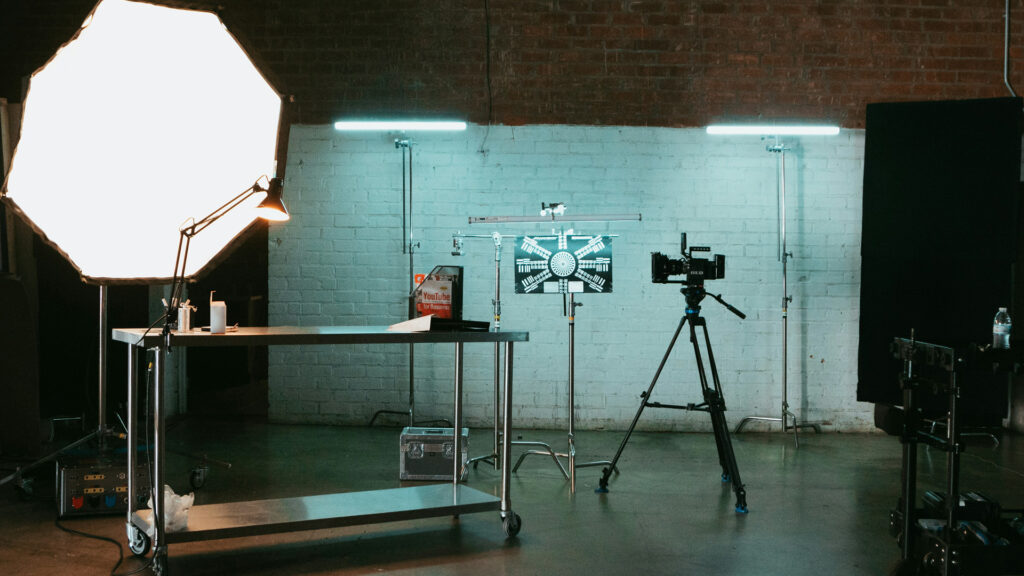The perceived quality of a film depends heavily on filming, not just the best possible coverage, but the right amount.
But unfortunately, many no-budget filmmakers and cinematographers go very wrong in this department. Usually you either shoot too much or you shoot too little.
As always, it comes down to finding the right balance. In this case, between:
- Shoot enough coverage to give you editing options
- Keep things to a minimum and live your days to the fullest
These goals are always inconsistent because more coverage means much more time spent on each scene.
Some filmmakers try to solve this problem by shooting scenes, sequences, or even entire movies in one take. This is a method that, when done well, can provide a cool stylistic effect.
That is, it has to fit your story and the tone you’re going for. Not to mention, shooting things with fewer lenses (and no coverage at all) often makes things more complicated. Quite a few…
For example, it’s easy to keep a 4-page dialogue scene interesting with enough coverage. You can switch between different angles and focal lengths at key moments and have complete timing control over the scene.
But within a shot, you’ll likely spend more time blocking, adding camera movement, and lighting the space. Or do nothing and leave the scene bland.
The complete opposite approach is to shoot with multiple cameras and get as much coverage as possible. Even if that means only taking 1 or 2 shots of everything.
This again can work for the right filmmaker. But personally, I find this way of working too confusing.
When there are 2 or more cameras shooting simultaneously, it is impossible to give 100% attention to any one shot. Not to mention, if you’re also directing, the acting usually takes a big hit too.
Unlike videos shot without coverage, multi-camera allows you to edit in post-production. But too much unnecessary coverage can actually slow down your production.
It’s never about getting maximum coverage, it’s about getting the best coverage.
Every film is unique and every director and cinematographer will have very different tastes.
That said, as a general starting point for no-budget cinematography, I recommend following 33% rule.
This is a rule I established years ago when I was shooting feature films.
I decided to shoot each scene with whatever ideas I had, regardless of the impact on the production.
I then edit the list and remove 33% of the shots (roughly one third). If a scene was divided into 10 shots, now there might only be 6 or 7.
This exercise gave me the freedom to think of unique shots without constraints, but also required me to choose only the best shots.
Often this leads to great new shot ideas as I combine 2 or 3 shots into one. Or write something completely new to simplify things and make the process more fun.
Overall, this approach is a simple way to strike the right balance between coverage. At least start.
Recently, I stopped using shot lists altogether. Now, I do what I call a “shooting schedule,” which is less rigid and more flexible.
But even as my approach has evolved, I still take the 33% rule very seriously. Whether it’s planning my days or on-the-fly on-the-spot guidance.
These topics are in Blueprint for No-Budget Filmmakingyou can view here.
For exclusive filmmaking articles every Sunday, sign up for my newsletter here!

